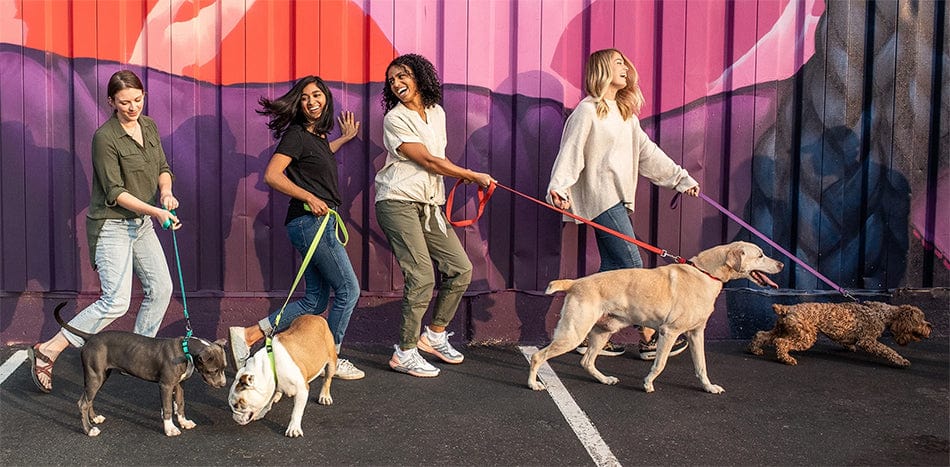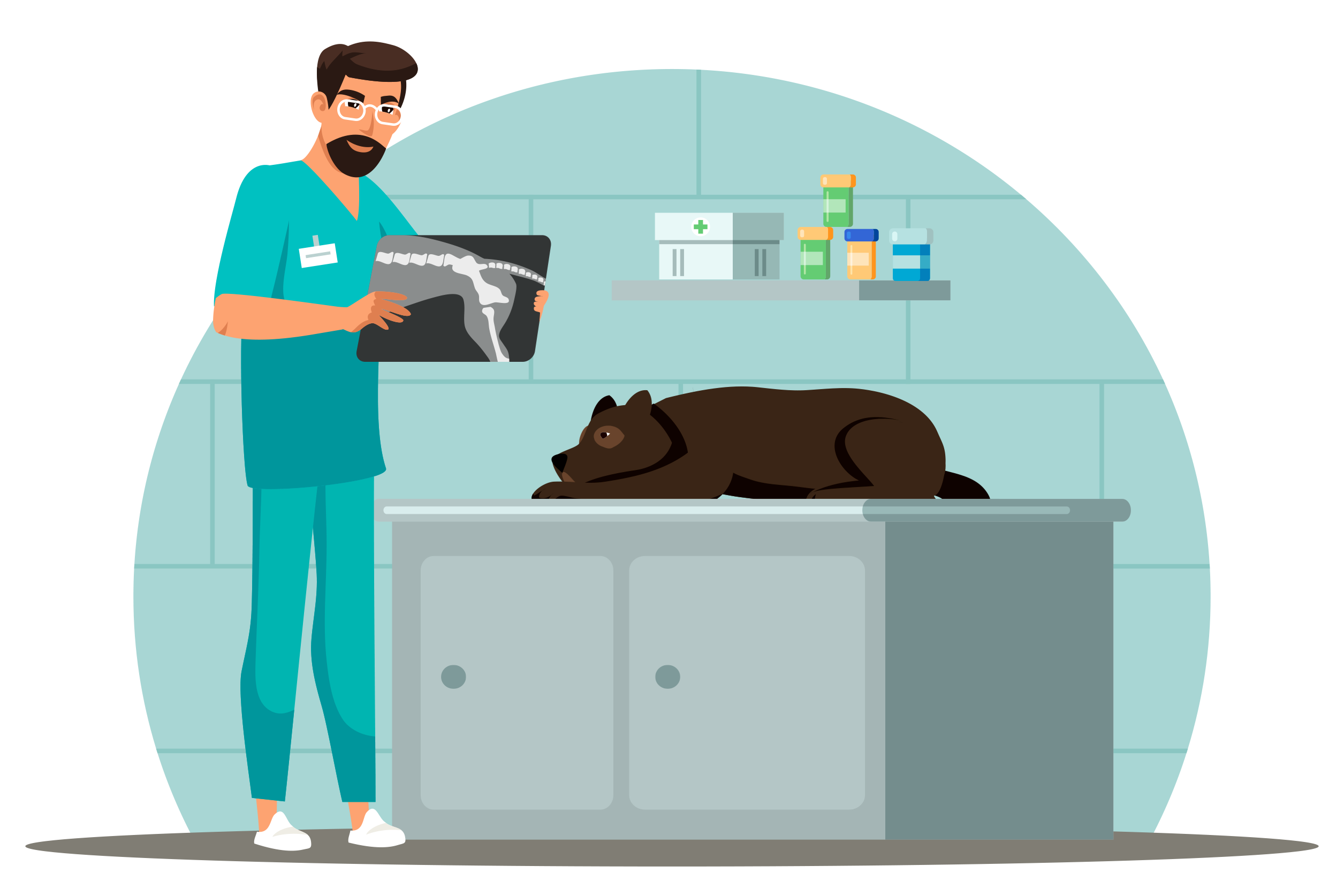Your cart is empty. Let's fix that!


Does your dog limp on walks? Do you hear their kneecap pop? They might have a luxating patella. Here’s everything you need to know about the condition so their walks can be comfy and pain-free again.
A dog’s kneecap (aka the patella) typically sits nestled in a nook between their thigh bones and shin bones and moves up and down as their legs flex. Sometimes the patella can pop out of place, making it difficult to walk—that’s a luxating patella.
The most common indicators to look for in your dog are:
A luxating patella can result from an injury, but some dogs are predisposed to the condition due to abnormalities in their limbs and joints. Large breeds can be affected, but it’s most common among small breed dogs including Yorkshire terriers, chihuahuas, and miniature poodles.
The good news is that luxating patellas typically aren’t very painful in mild cases, but you should talk to your vet about how to manage their condition before it gets worse or results in other complications.
If your dog is walking abnormally, it’s time for a checkup with your vet. Patellar luxation can be diagnosed in dogs of any age and it’s common for dog owners to notice it even in young puppies that are predisposed to the condition.
Vets grade patellar luxation based on the severity of the condition:
The good news is that dogs with patellar luxation don’t experience much pain in low-grade cases, but it’s important to manage their condition before it worsens. Dogs with grade III and IV luxation will have more discomfort and can also experience a range of associated complications, including cartilage damage, osteoarthritis, and torn cruciate ligaments (the equivalent of an ACL tear in a human).
You have a few treatment options to help a dog with a luxating knee joint. Depending on the grade of the condition, care can begin at home!
You can start by alleviating any unnecessary stress on the joints. Make sure your dog is at a healthy weight and consider adjusting their diet to help them slim down if needed to take stress off of their knees. Supplements to support their muscles, tendons, and joints will help them stay in tip-top shape. (P.S. Did you know you can get supplement treats? Boo-yah.)
If they need a little more assistance, physical therapy can help dogs with grade I or grade II patellar luxation strengthen their joints and move more comfortably. These treatments typically cost $40-$100 per session and can help delay their condition becoming more severe. Your vet can also prescribe pain relief and anti-inflammatory medication to help manage their discomfort.
Dogs with grade III or grade IV patellar luxation will most likely require surgery to repair their knees. The surgery can involve resetting the patella, deepening the groove in the bones where it naturally rests, and repositioning the connecting tendons. There’s six weeks of subsequent recovery time when your dog will have to limit their movement as much as possible, but with proper care there’s a high success rate for dogs at grade III and lower.
The cost of corrective surgery can range from $1,000-$5,000. If the high cost is prohibitive and you suspect that your dog might require surgery down the road, consider investing in pet insurance early to alleviate the drain on your wallet.
No matter the severity of your dog’s patellar luxation, your vet can help you come up with a treatment plan that works for you. Your best friend will be back to strolling along without a care in the world in no time!